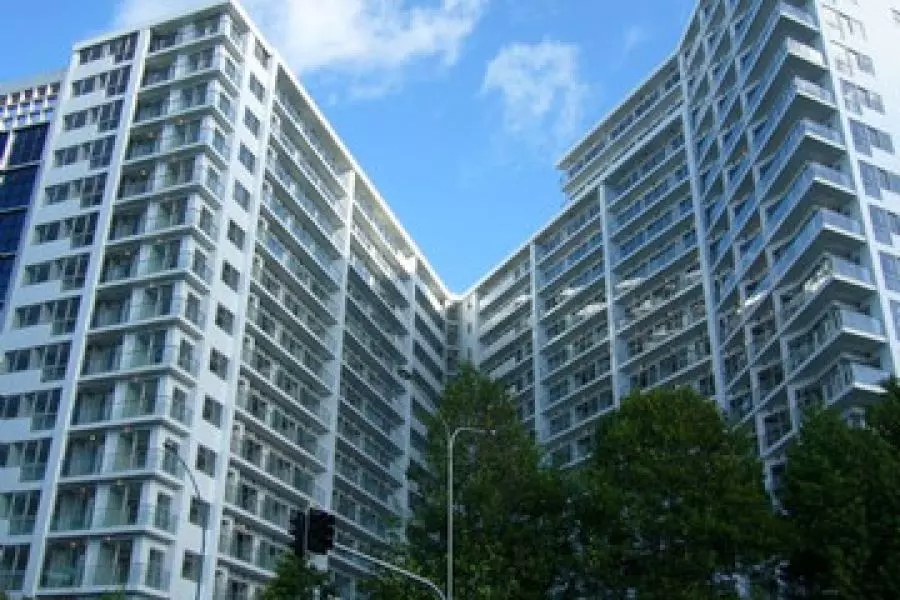
News
Pandemic shifting the dial on residential design

Tuesday 13th of April 2021
Knight Frank’s latest Wealth Report uncovers the trends.
Location, location, location is the war cry of real estate agents and property developers the world over.
But David Hutton, development managing director at Lendlease, one of the world’s biggest developers, thinks the Covid-19 pandemic may have shifted the dial.
“In many respects, the old...
Want to read the full article?
Click the button below to subscribe and will have unlimited access to full article and all other articles on the site.





![[The Wrap] Bye Bye Bayly](https://goodreturns.publit.io/file/c_fill,w_900,h_600/39f23ac1-f7c7-4854-b700-a150004ebbac.webp)


